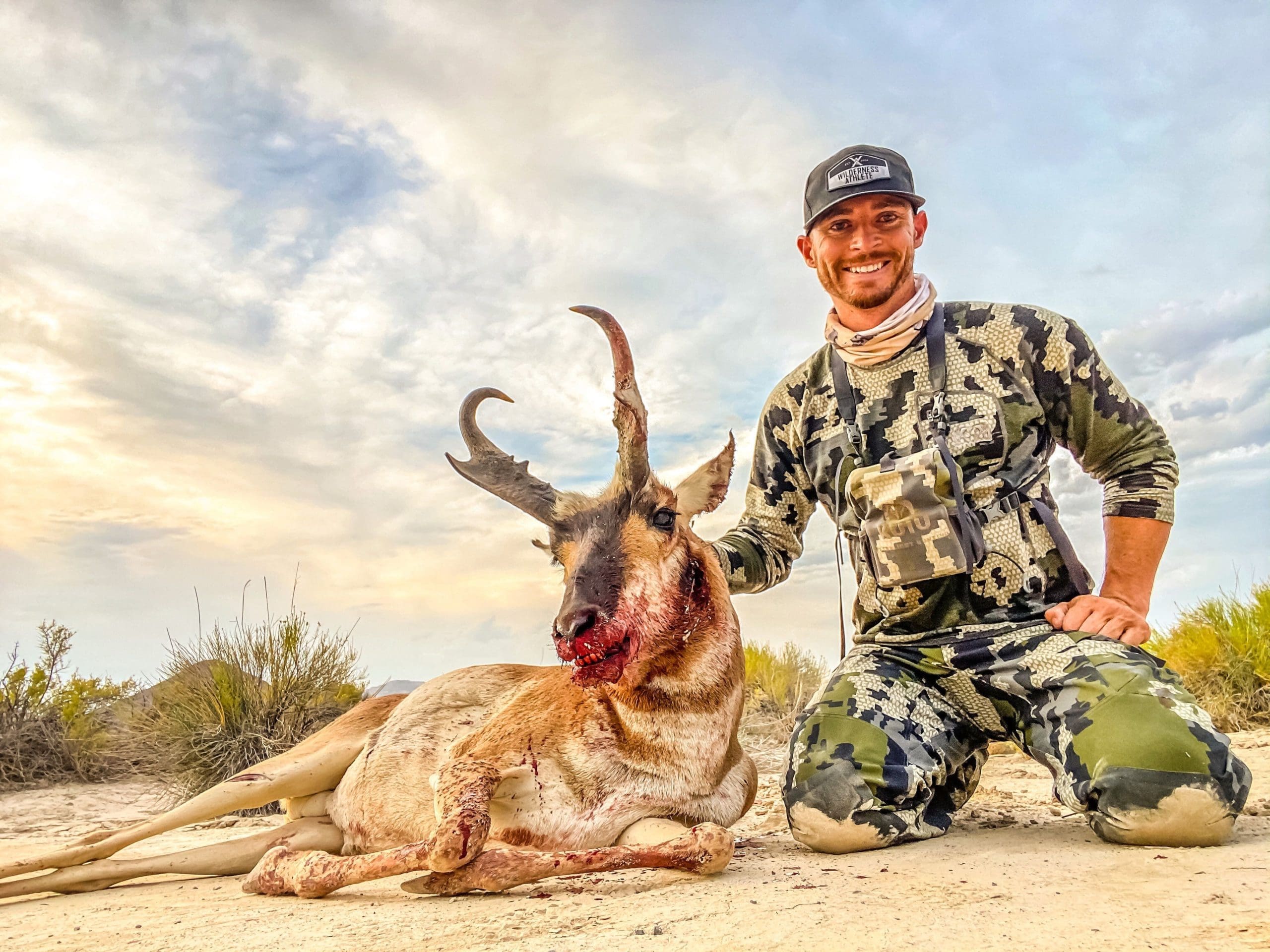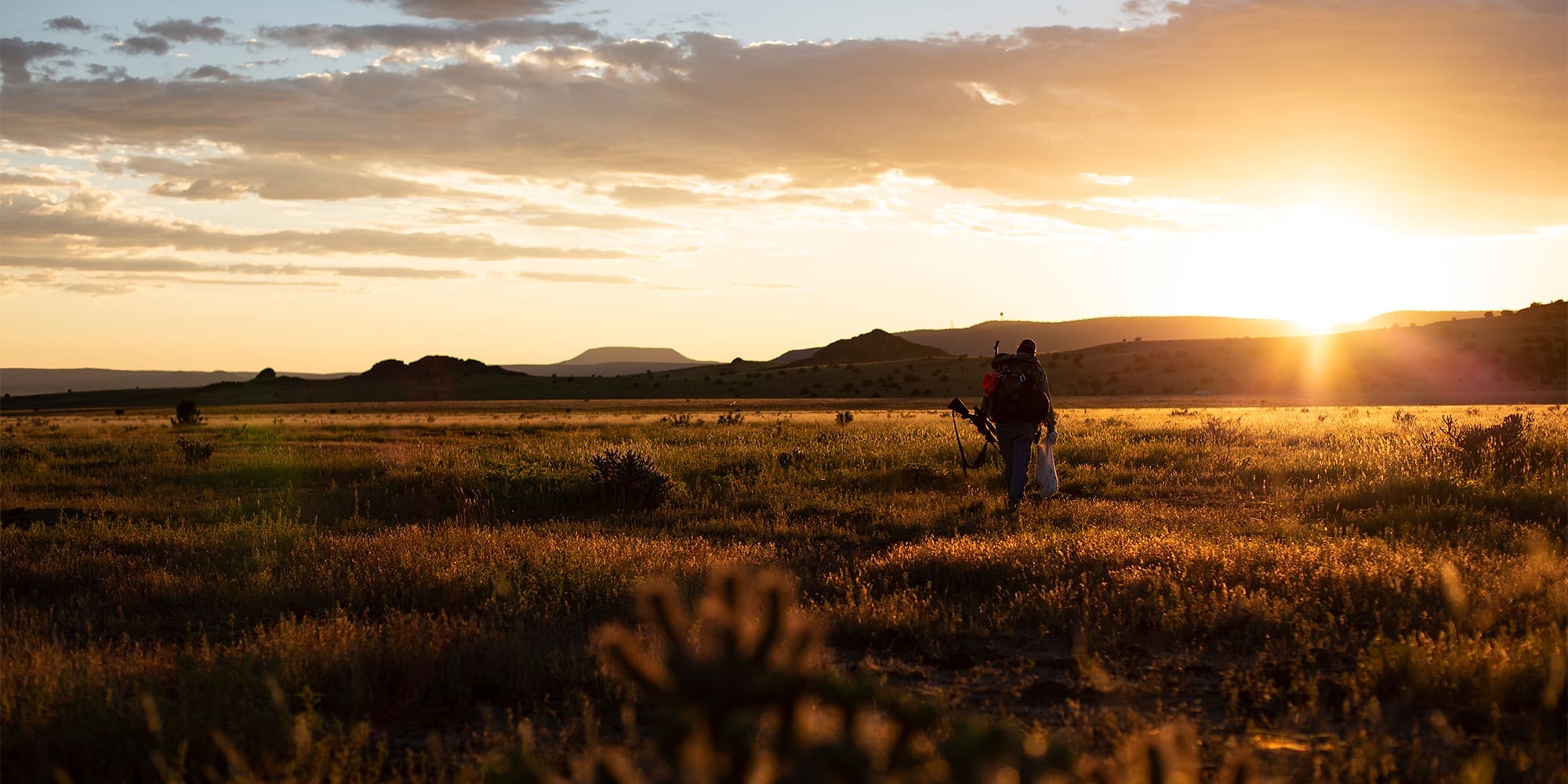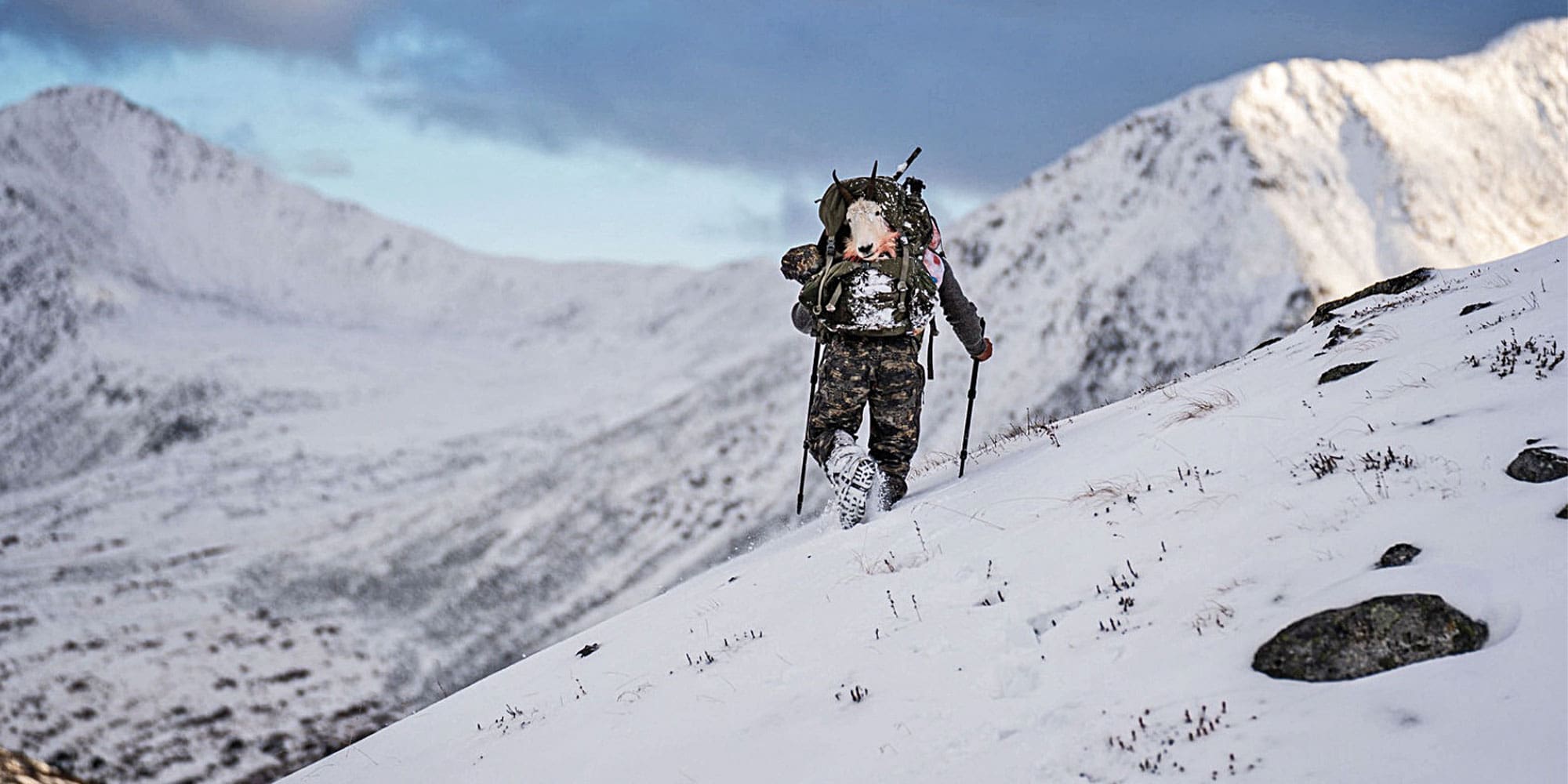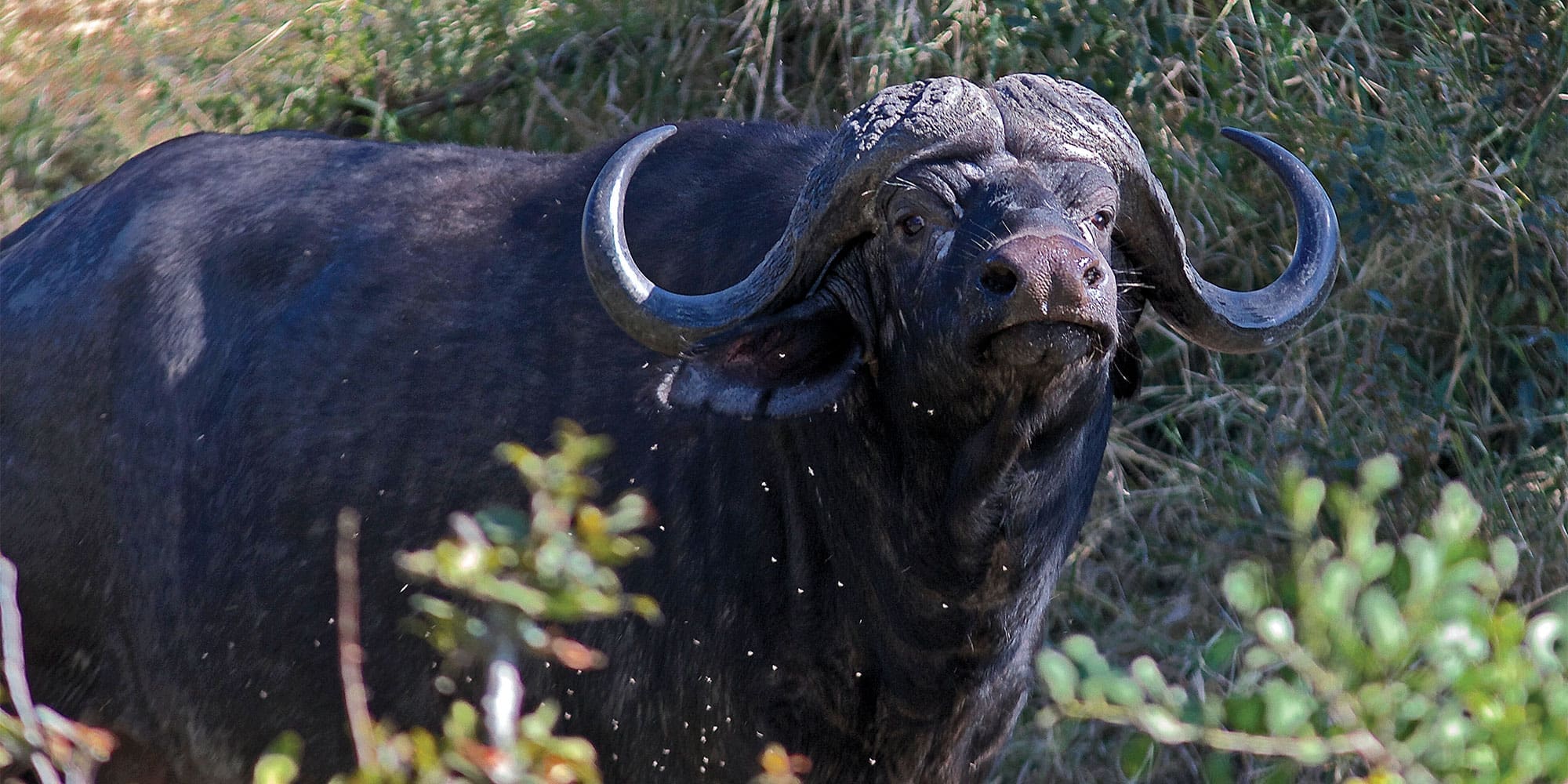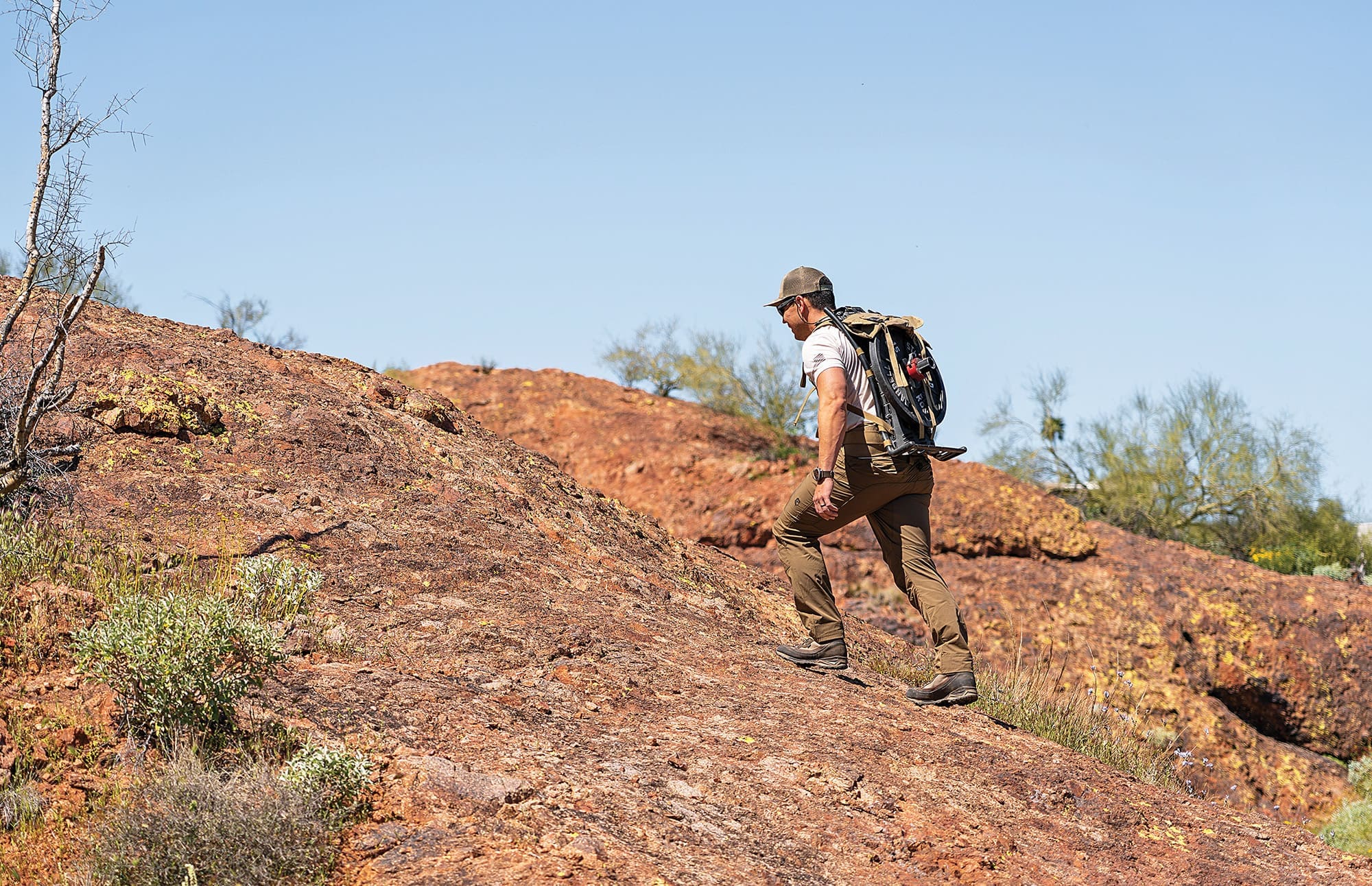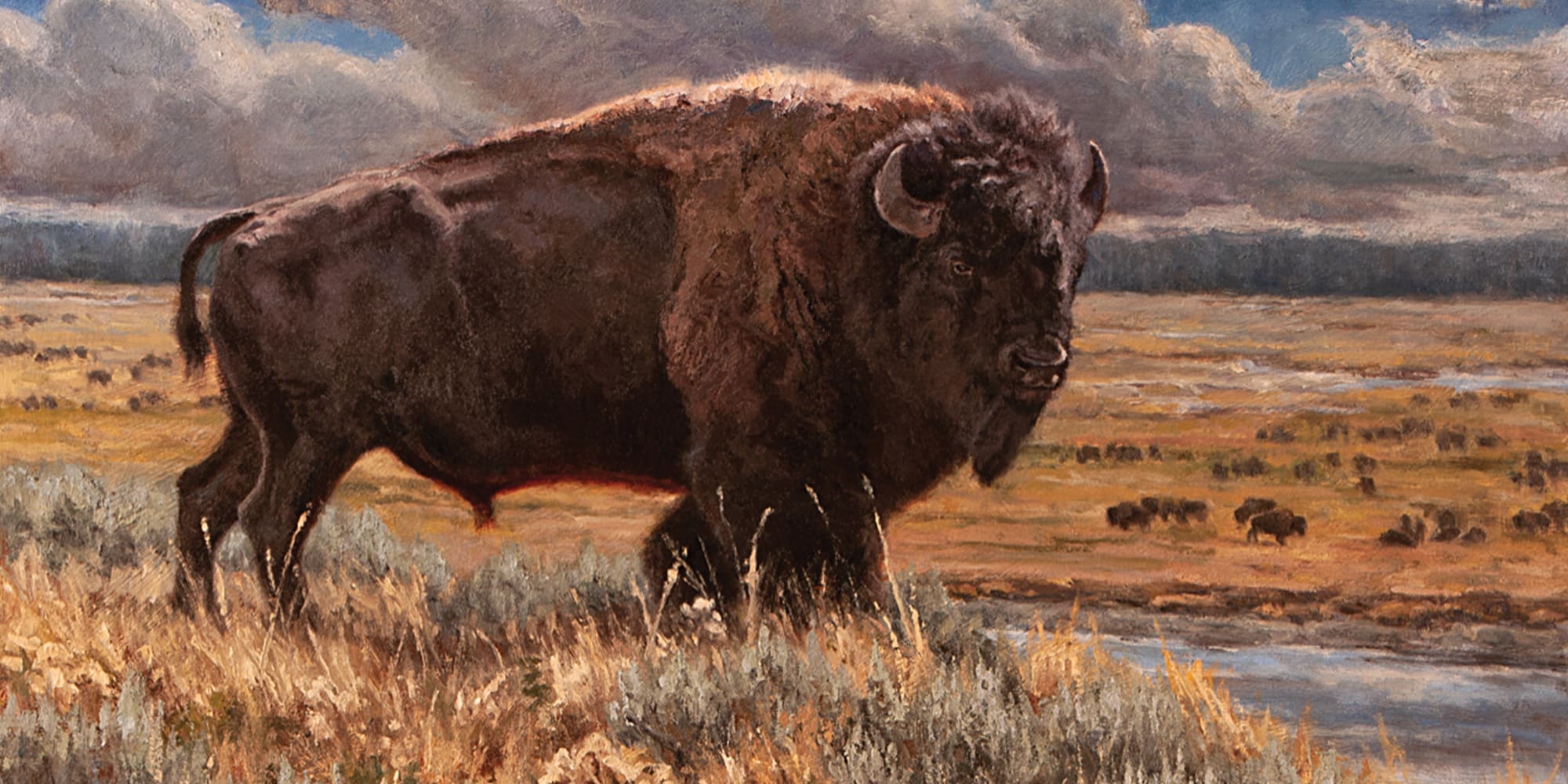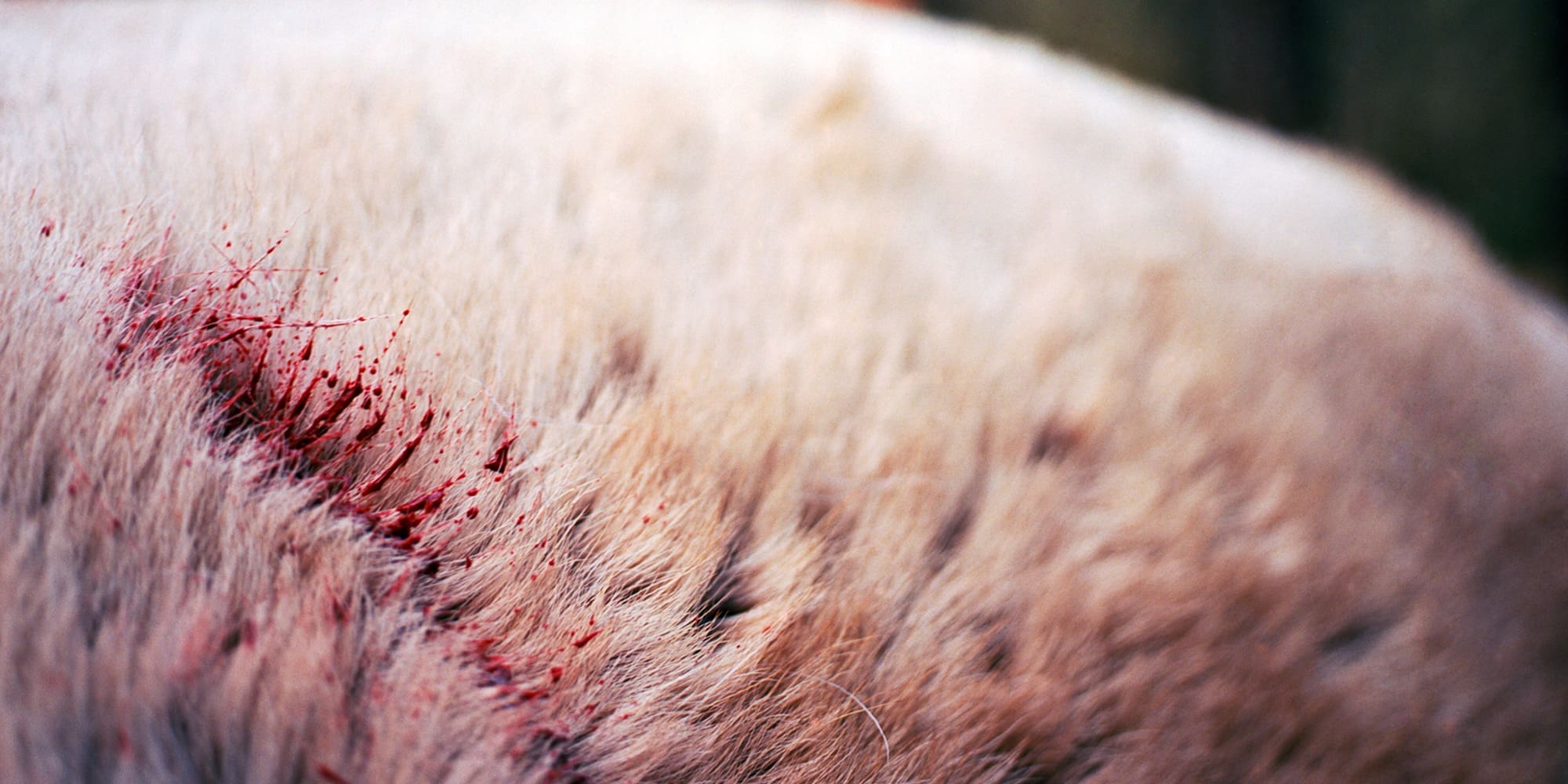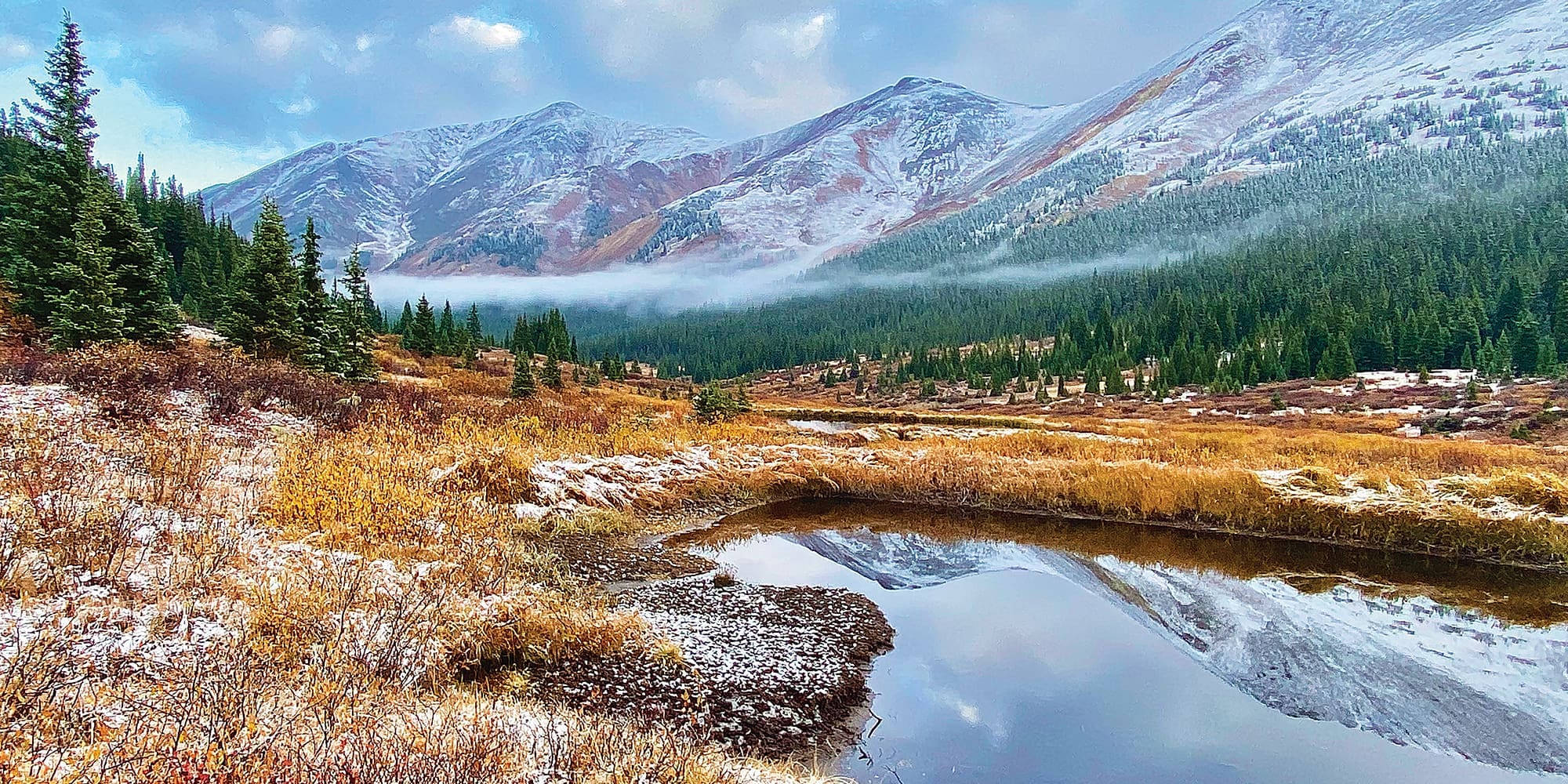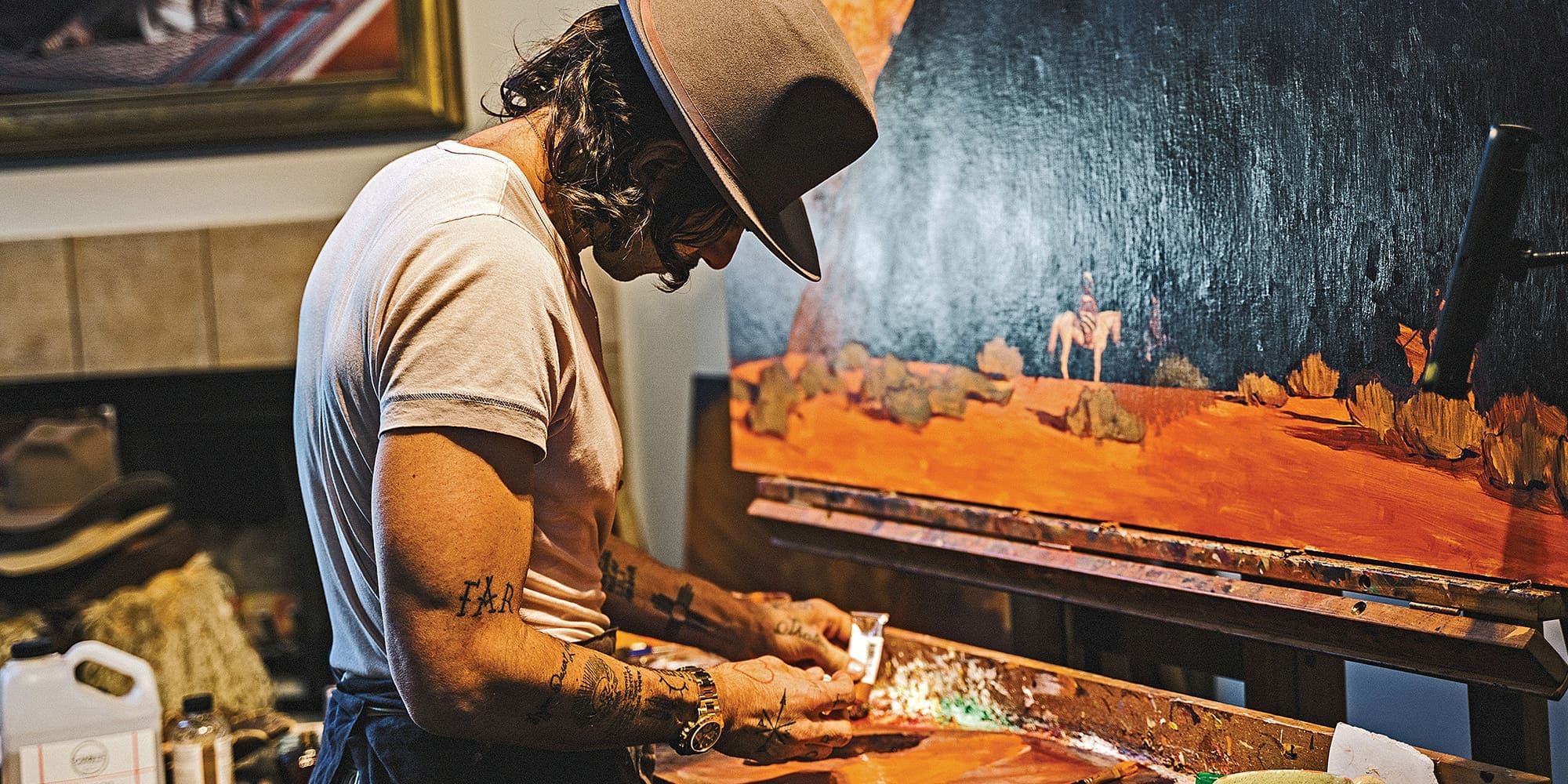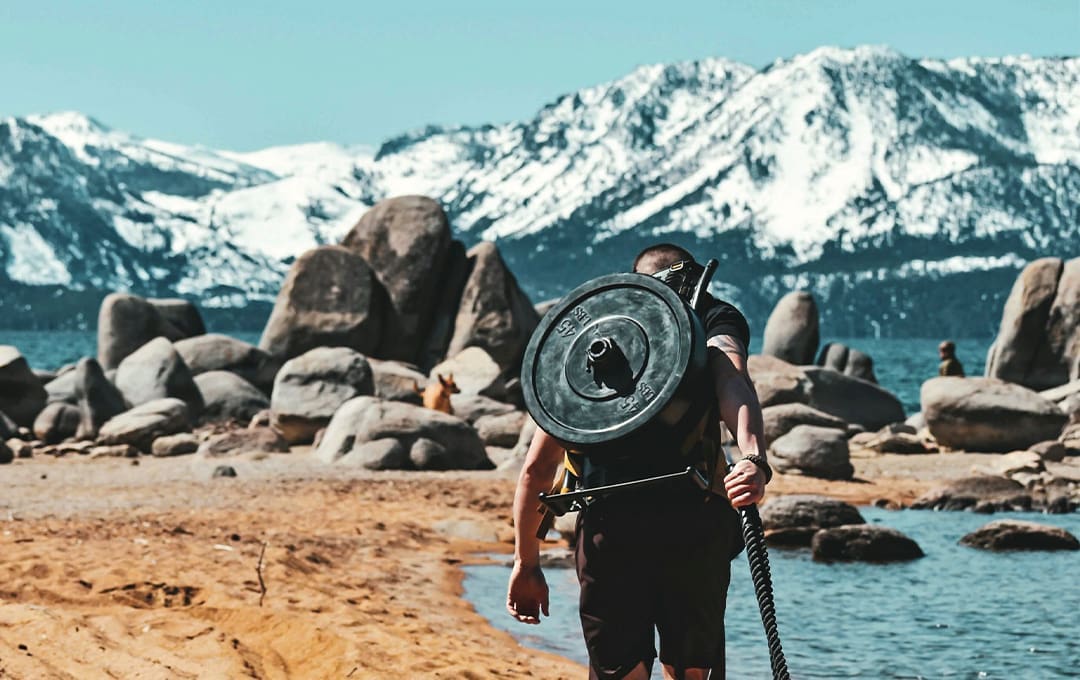
NOTICE: Certain links on this post may earn a commission for Western Hunter Magazine from Amazon or our other affiliate partners when you make a purchase. Thank you for your support.
Off-Season Training Tips
Every season has an ending, and every new season brings new opportunities. Although we all hate it when hunting season comes to a close, we need to look at the “off-season” as an opportunity for personal growth and development, as well as finding ways to boost our performance in the backcountry. Yes, the off-season can be a time of rest and refocus, but it is also crucial to maintain your health and fitness because it is far easier to stay in shape rather than climb the high mountain to getting back into shape. We want to find ways to work out that are not only enjoyable but effective in achieving your hunting/outdoor goals. This will help you avoid injury and stoke your fire instead of burning yourself out and losing motivation. Here are some tips and tools that I find fun and effective to add to your off-season training regimen.
Gain Laser Focus
Like I discussed in my prior article, Your Off-Season Personal Body Assessment, it’s important to identify and be aware of your strengths and weaknesses as a “Wilderness Athlete.” We want to develop a game plan to attack and improve those weaknesses, build strength, aid in recovery, and rest current injuries during the off-season. If you do too much of anything too often, you put yourself at risk for “burnout,” so train smarter, not harder. Let’s be real, training for hunting is training for a hobby that we love and enjoy. It’s not our full-time job, and our careers don’t rely on training six days per week like other professional athletes. So, planning 3-4 quality workouts per week with purpose will be plenty to keep the body in shape. I like to refer to training in a professional aspect mainly for the mental side of things. The more mentally focused and driven we are toward our goals, the higher our chance of success.
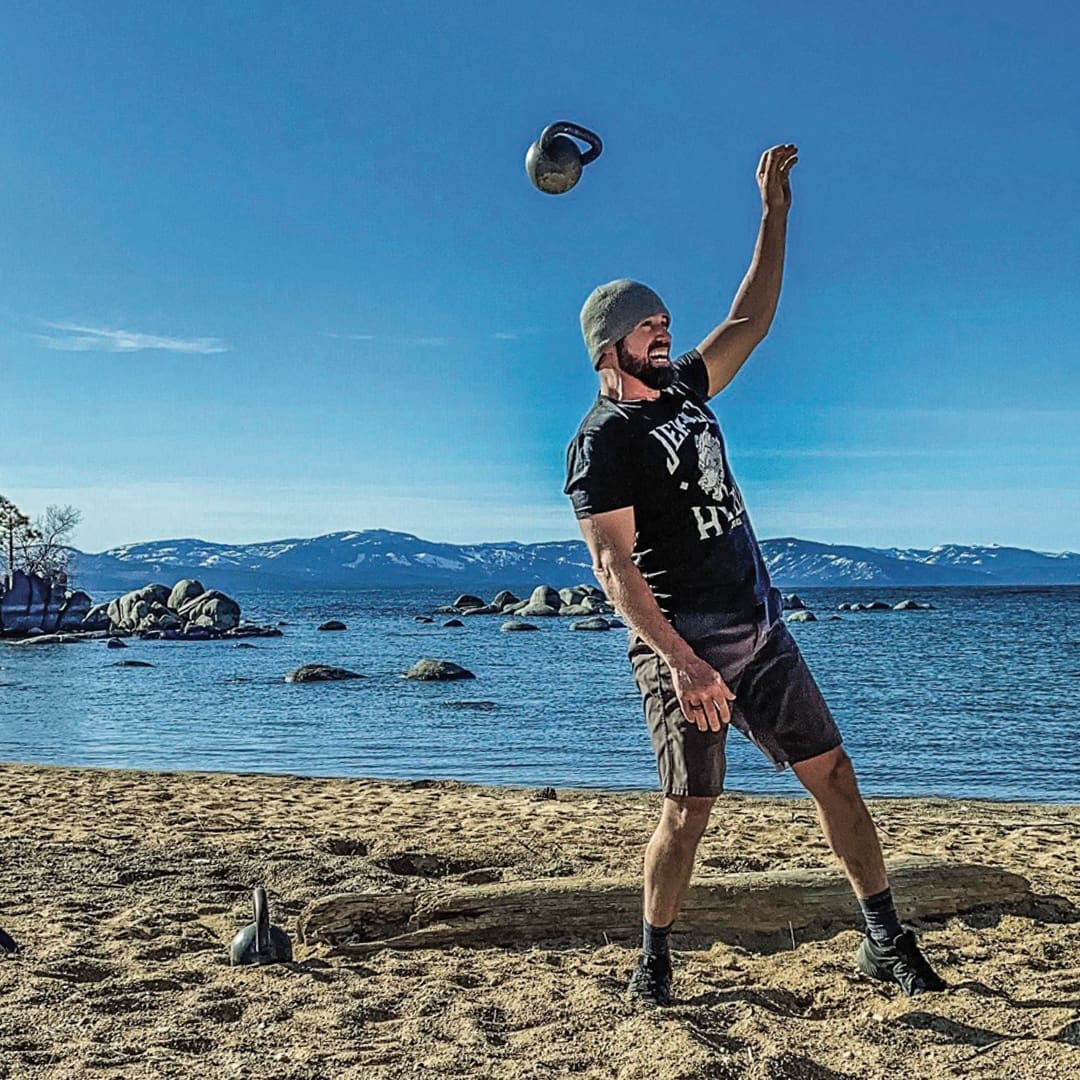
Athletes are constantly working and developing their skills and craft. During the off-season, it’s okay to slow down and go back to the basics. A primary goal for off-season improvement should be to build stronger, better, more efficient foundations and routines. Slowing down can help you focus on the little things that you may have not been executing well and, in turn, build them into bigger, better, more productive things. Addressing muscle imbalances is also key. We all have dominant sides, dominant arms, legs, etc. We need to work to make our weaker sides equivalent to our strong sides to avoid future injuries and create a healthy, strong balance in the body.
Typically, in the off-season, your training regimen should decrease in frequency and duration but still maintain the intensity. Recovery and strength building are key goals in the off-season, so take a little off of the overall duration of your workouts and put a little more time into extra recovery methods like foam rolling, mobility, stretching, icing, heating, etc. Short bouts of high-intensity training will maintain and improve your fitness levels and maintain your competitive edge. I truly believe that a proper dynamic warm-up followed by foundational training and high-intensity training and then capped with an effective cooldown/recovery method is the most effective structure for your workouts in the long term. Training smarter, not harder.
Mix It Up
Whether you’re a long-time lifter like me or new to the game of fitness and exercise, it’s important to constantly find new ways to be active and train your body. Not only to keep the body guessing and avoid plateaus, but also mentally – to avoid becoming bored, uninterested, and unmotivated to work out. Switching up your routines allows you to stay interested longer, makes your fitness fun, allows for your injured areas to rest, and lets you shift your focus to areas of your body that need improvement.
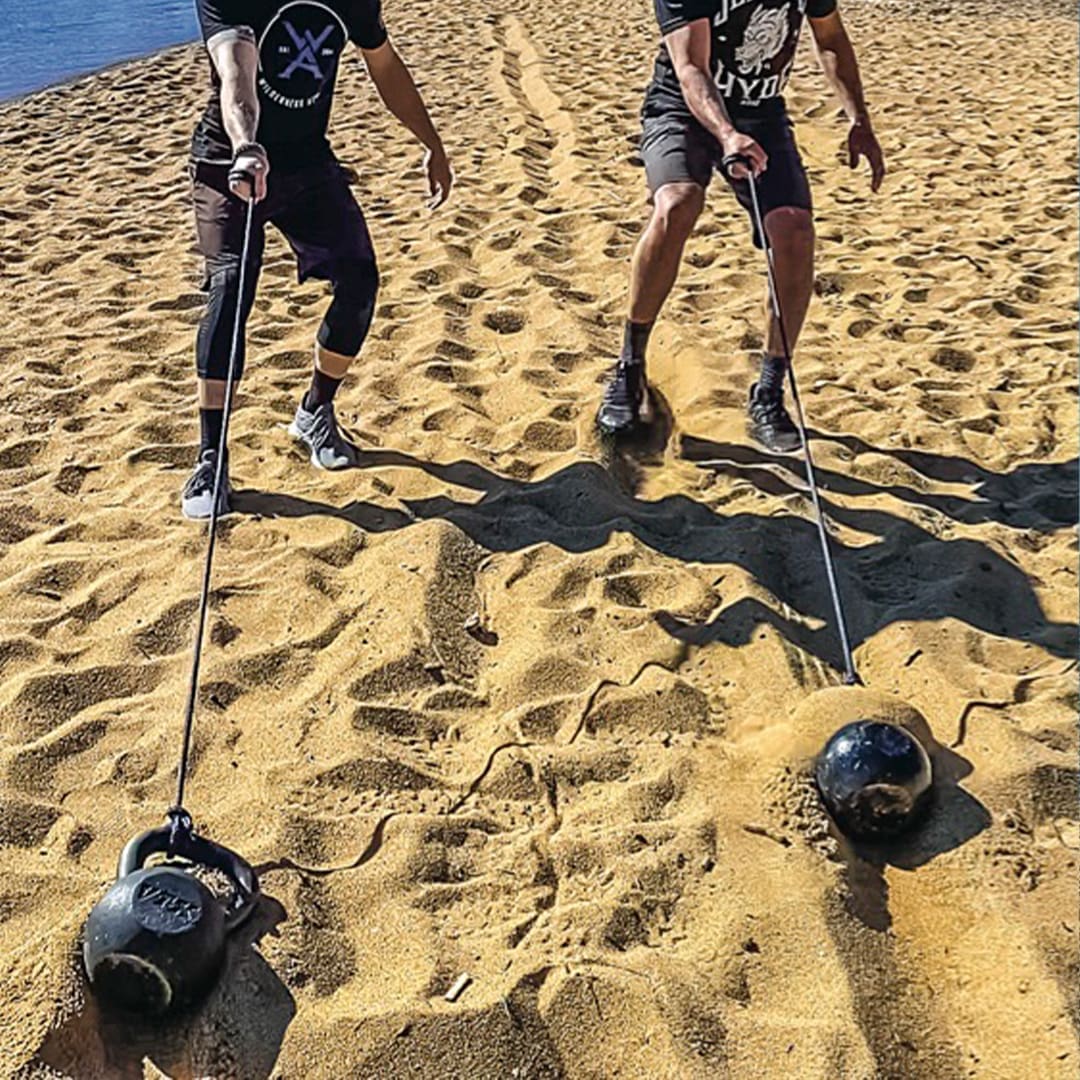
Mixing up your training may include adding/subtracting weight, adding/subtracting reps and sets, switching up the order in which you train, changing the time of day you work out, incorporating new pieces of equipment, and adding new variables to your training like training barefoot, training in the sand, training in water, etc. You can try something different like yoga, CrossFit, jiu-jitsu, kickboxing, spin class, or many other fitness activities. You will be surprised how different activities affect different muscle groups and how beneficial a good change can be! Here are some mix-ups I enjoy incorporating into my training that are directly correlated to improving my backcountry performance.
Atlas Trainer
In my opinion, the Atlas Trainer by Outdoorsmans is hands down one of the best training tools that are directly applicable to hunting. We all know that in Western Hunting, we carry weighted packs on our backs the majority of the time, and the Atlas Trainer allows us to put heavy, balanced weight on our frames in a safe, effective manner. Whether it’s just going on a long hike and throwing it on my back to do push-ups, pull-ups, farmer carries, or squats, this piece of equipment kicks my ass and prepares my body to do work with added weight. Save your hips, knees, and lower back by using this frame instead of throwing rocks and sandbags in your hunting pack. You don’t want to wear out your expensive hunting pack by training with boulders bouncing and rattling around in there. It’s worth the money to buy the Atlas Trainer – trust me!
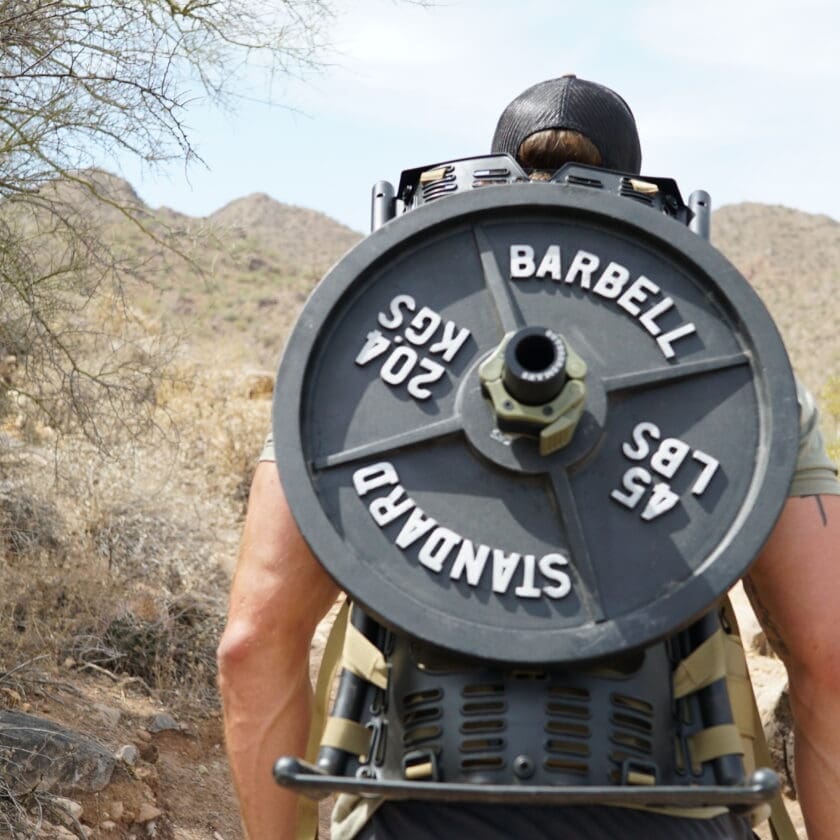
Sand Training
One of my favorite ways to work out is to make the short trip up the Sierra Nevada mountains and train on the sandy beaches of Lake Tahoe. Sand provides a different type of resistance that challenges your muscles. The unstable and constantly-moving sand beneath your feet engages your small stabilizer muscles, incorporates more muscle fiber recruitment, helps improve your balance and joint stability, and reduces the risk of injury. The unforgiving terrain of the West constantly leaves us battling uneven surfaces, unsure footing, and vast elevation changes.
Training in the sand, in my opinion, is one of the best ways to mimic the western hunting environment and help build stronger, more stable feet, ankles, and knees. The enhanced muscle fiber recruitment will also make your body work twice as hard, use more oxygen and therefore train your aerobic system, improving your cardio levels. I believe that sand training is a great tool for improving speed and agility, specifically preaching the importance and drive of the “forward lean” in athletes. This forward lean can be important to hunters as well, always pushing forward and onward up the mountain. I realize that everyone reading this article might not have access to a beach, but maybe you do have a sand volleyball court or play area in your town.
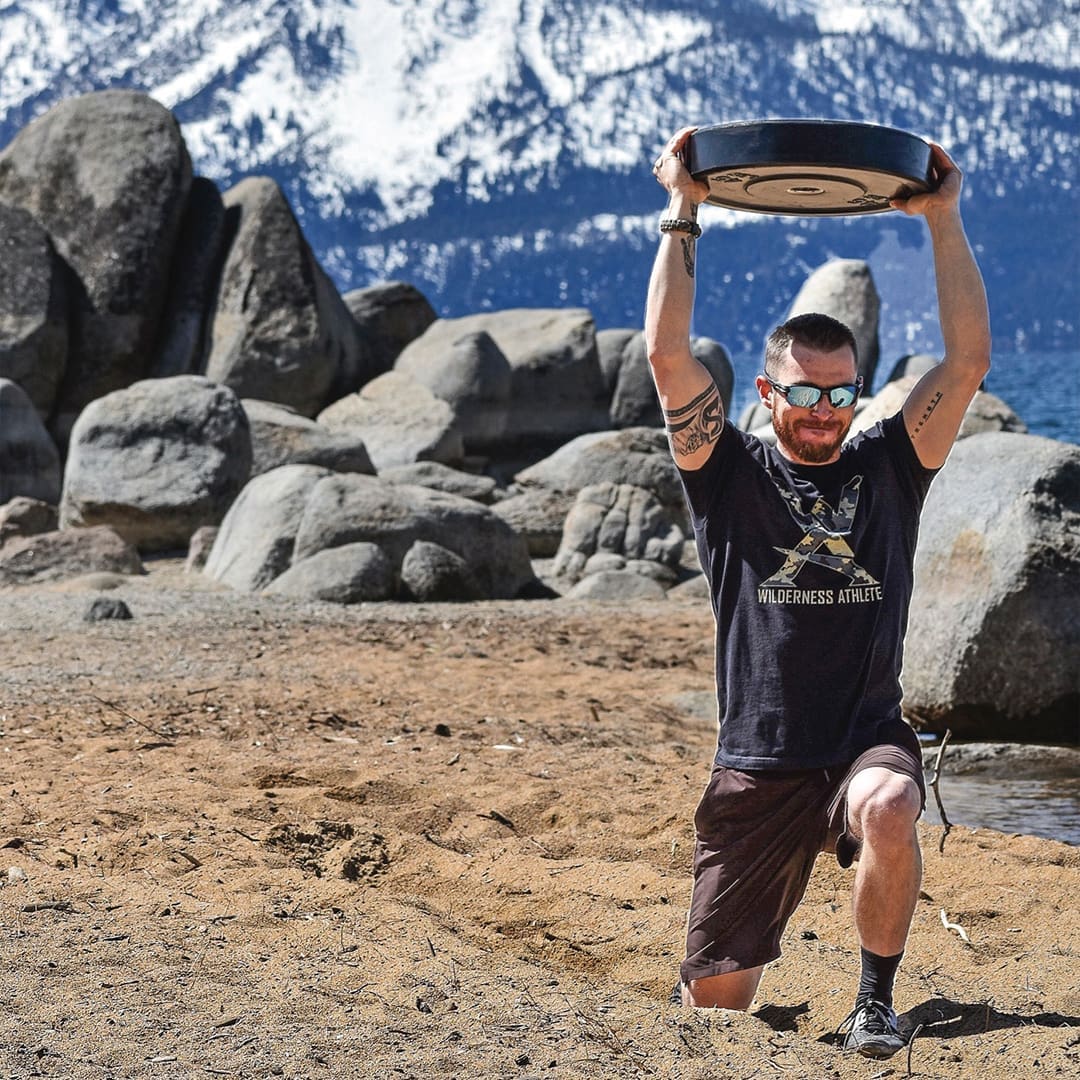
Finally, there are a few other bonuses that accompany training at Lake Tahoe that I just have to share – foremost, the elevation. The beach that my buddy Dave Beronio and I like to train at sits at 6,400 feet above sea level. This fits the “practice like you play” method that I believe in – training in environments that mimic “the game,” or in our case, hunting on the mountain. The second bonus is the dreaded but rewarding cold water plunge into the lake immediately after training. Lake Tahoe is equivalent to a giant ice bath for the majority of the year. When we took these photos, the outside temperature was about 35 degrees, and the water temperature was roughly 41 degrees. By plunging into the ice-cold water briefly after the workout, you get a total-body cleanse for your muscles, promoting enhanced blood flow and reducing inflammation. Your body becomes so cold for that short period that you feel hot and tingly, but once you return to the beach, you feel refreshed and surprisingly good!
Training Barefoot
It seems like common sense to always be training in athletic gym shoes or hiking boots, but now and again, take those babies off and train barefoot or in just your socks. Shoes provide support, cushion, and stability that make our feet lazy and accustomed to the luxury. Going barefoot often is not only more primal, but it can help improve your balance, your posture, and the efficiency of your movement, and build stronger, more stable, flexible feet and ankles. Dr. Emily Splichal says, "When you stimulate the nerves of the foot, you get a better understanding of what you're standing on and how you're stepping, and it starts to shape your overall movement.” The big toe’s primary function is to propel forward movement and in most shoes, it is limited in its range of motion and ability to properly dig in and gain strength like you could barefoot. Strong feet mean a strong foundation for your body!

Steve Holiner says, "Your brain registers strength and stability through the feet, as a point of safety and optimal connection to the world around you, so when you remove that connection, the brain thinks it lacks stability[...]” By engaging more small muscles in the feet during lifts, you then recruit more engagement from your glutes, hips and core muscles, thus strengthening them more as well. In western hunting we are constantly on our feet, so why don’t we pay more attention to them? We spend hundreds of dollars on the best boots and training shoes etc, but why not spend a little more time and effort to build up our feet and ankles naturally during our training?
Final Thoughts
“That which you pay attention to improves.” This one of my favorite quotes from Mark Paulsen (“Coach P.”), the founder of Wilderness Athlete. The off-season is a perfect time to pay attention to our weaknesses and work daily to improve them. It will take a solid, written game plan and laser focus but it can be done for anyone willing to put in the time and effort to make a positive change for themselves. Hopefully, some of these different tips can help backcountry hunters to try something new, overcome plateaus, eliminate excuses, and “go further, stronger.” P.S. it doesn’t hurt to find a tough training partner to help push you, hold you accountable, motivate you, and help you feel a sense of accomplishment together. Thank you to Dave “Hollywood” Beronio for always kicking my butt and moving me forward. Stay Wild, and get after it!
- Coach Hoelzen


